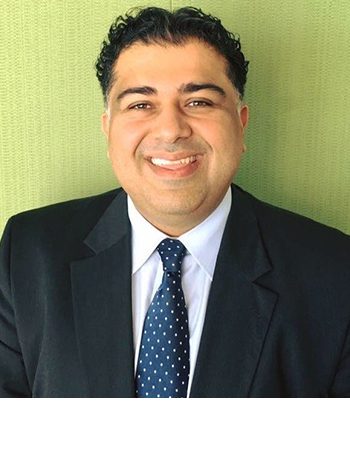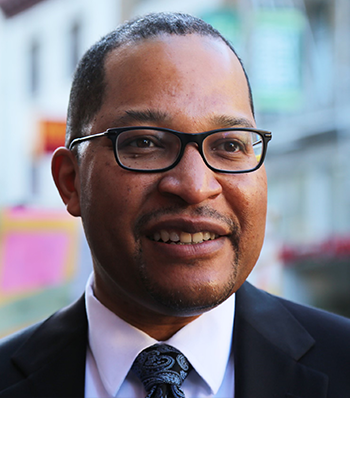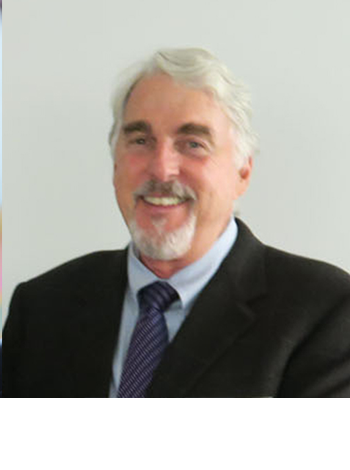How MEA Managers Worked Together to Keep Construction Going and Workers Safe During the COVID-19 PandemicLast year, COVID-19 brought most business activities and operations to a screeching halt. San Francisco was the first major city to issue Stay-At-Home orders requiring all non-essential workers to begin
working remotely.
The orders directly impacted every City worker and agency, including the San Francisco Public Utilities Commission (SFPUC).
As an essential services agency, half of SFPUC’s 2,300-member workforce continued working on-site to ensure that the City’s 24/7 water, power, and wastewater services remained uninterrupted.
SFPUC also delivers wholesale water to three Bay Area counties and hydropower to some of the City’s most important government assets and buildings, from City Hall and the San Francisco International
Airport (SFO) to the SFMTA’s transportation power lines.
Associated with these services, SFPUC is responsible for delivering billions of dollars’ worth of capital investments to ensure the resilience and reliability of the City’s critical infrastructure.
These large, complex construction projects are delivered throughout eight Bay Area counties and completed under a demanding schedule to ensure that the City is prepared for emergencies, such as
earthquakes, and adaptable to environmental considerations such as climate change and sea level rise.
Due to the unprecedented circumstances created by COVID-19, the SFPUC faced the daunting challenge of how to continue essential construction while maintaining the highest standards of health and safety for its workers. This required the immediate development and implementation of new safety standards and guidelines for a wide range of critical operations and construction projects.
To make it happen, Municipal Executive Association (MEA) managers Masood Ordikhani (SFPUC), Alaric Degrafinried (Public Works), and Alan Johanson (SFPUC) were tapped to convene a construction industry working group comprised of San Francisco Building and Construction Trades Council leaders representing the City’s construction workers, as well as California’s leading contractors associations, including United Contractors (UCON) and the Associated General Contractors of America (AGC). City managers with expertise on health and safety for construction projects were also included and made valuable contributions.


